Hello everyone, In this blog i will discuss about one photography workshop. This workshop i attended in department of English. Workshop was deal by Kaushik Ghelani.
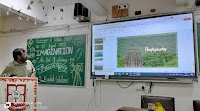
Introduction
Photography is not just about capturing moments; it's about telling a story through your lens. During my recent photography workshop, I delved into the fascinating world of composition techniques that can transform ordinary shots into extraordinary works of art. Here are the key insights I gained:
1. Rule of Thirds:

The rule of thirds is like the photographer's compass. By dividing your frame into thirds both horizontally and vertically, you create four points of intersection. Placing your subject along these lines or at their intersections adds balance and visual interest to your photos. It's like understanding the geography of your image.
2. Golden Point:
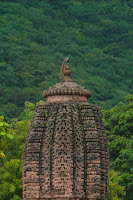
The golden point, often found at the intersection of diagonals drawn from the corners of the frame, is a powerful composition tool. It draws the viewer's attention to a specific focal point, whether it's a majestic temple or a moment of aesthetic beauty. Think of it as your compass guiding you to photographic treasures.
3. Multiple Layers:

To add depth and complexity to your photos, experiment with multiple layers in your composition. Each layer can tell its own story, and together, they create a rich narrative within a single frame. It's like painting with your camera.
4. Center Focus Rule:
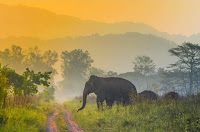
While the rule of thirds is a guiding principle, sometimes placing your subject at the center can be equally compelling. This approach creates symmetry and draws attention directly to your focal point, making it ideal for certain subjects.
5.Symmetry:
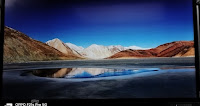
Symmetry adds a sense of balance and harmony to your images. Consider dividing your subject into two parts, creating a mirror-like effect that engages the viewer and invites exploration. Reflections are a photographer's best friend for achieving this effect.
6. Geometric Shapes:

Look for geometric shapes in your surroundings, such as circles, triangles, or leading lines. These shapes can be used to frame your subject or draw the viewer's eye through the image. They help create a cohesive visual experience.
7. Leading Lines:
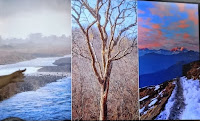
Leading lines are like pathways in your photo, guiding the viewer's gaze toward the main subject. Whether it's a winding road or a fence, these lines add depth and intrigue, inviting the viewer to journey through your composition.
8. Head/Leading Room:

When photographing people or animals, remember to leave appropriate headroom or leading room in the frame. This space in front of the subject's face or movement direction allows viewers to anticipate the subject's next action, enhancing the storytelling aspect of your photo.
9. Depth of Field:
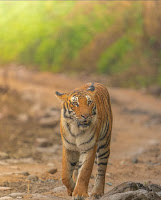
Mastering depth of field is crucial for controlling what's in focus and what's not. Experiment with aperture settings to compose your layers effectively, ensuring the right elements take center stage while others gently fade into the background.
10. Break the Rules
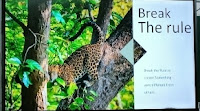
While these composition techniques provide a solid foundation, don't be afraid to break the rules. Creativity knows no bounds, and sometimes the most captivating photos are born from unconventional perspectives or daring experimentation.
Incorporating these composition techniques into your photography repertoire will open up a world of possibilities. Remember, practice makes perfect, so grab your camera and embark on a journey to capture the world through your unique artistic lens. Happy shooting!
conclusion
the workshop journeyed through these composition techniques, revealing the artistry that lies behind every remarkable photograph. Whether you choose to adhere to these principles or break free from them, they serve as valuable tools in your photographic toolbox, allowing you to tell stories and convey emotions through your lens.
No comments:
Post a Comment